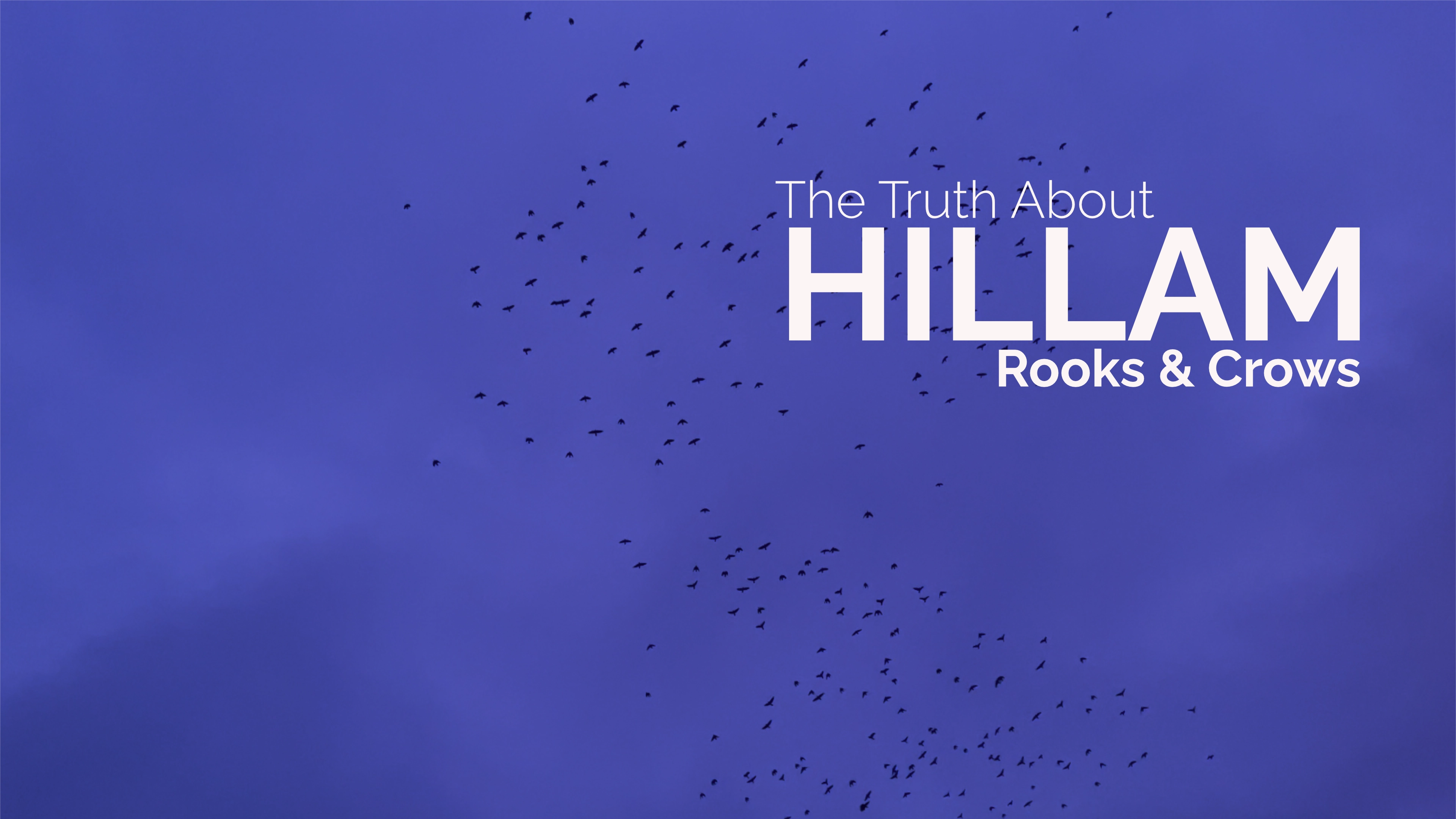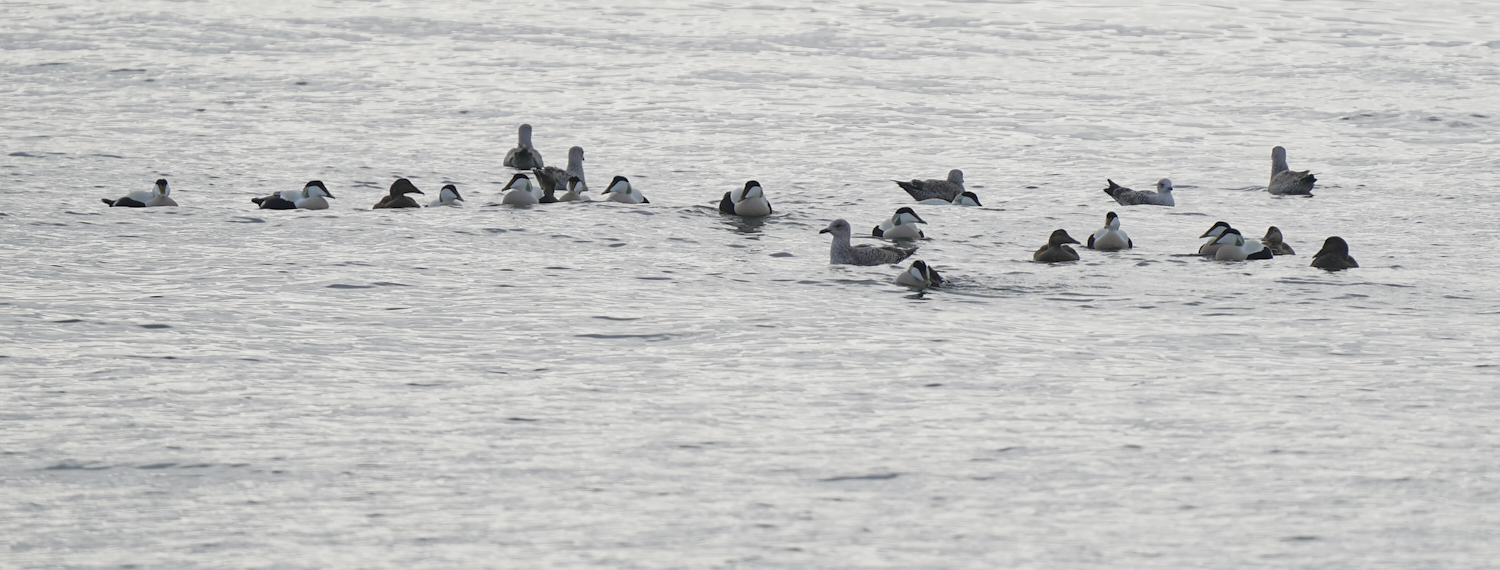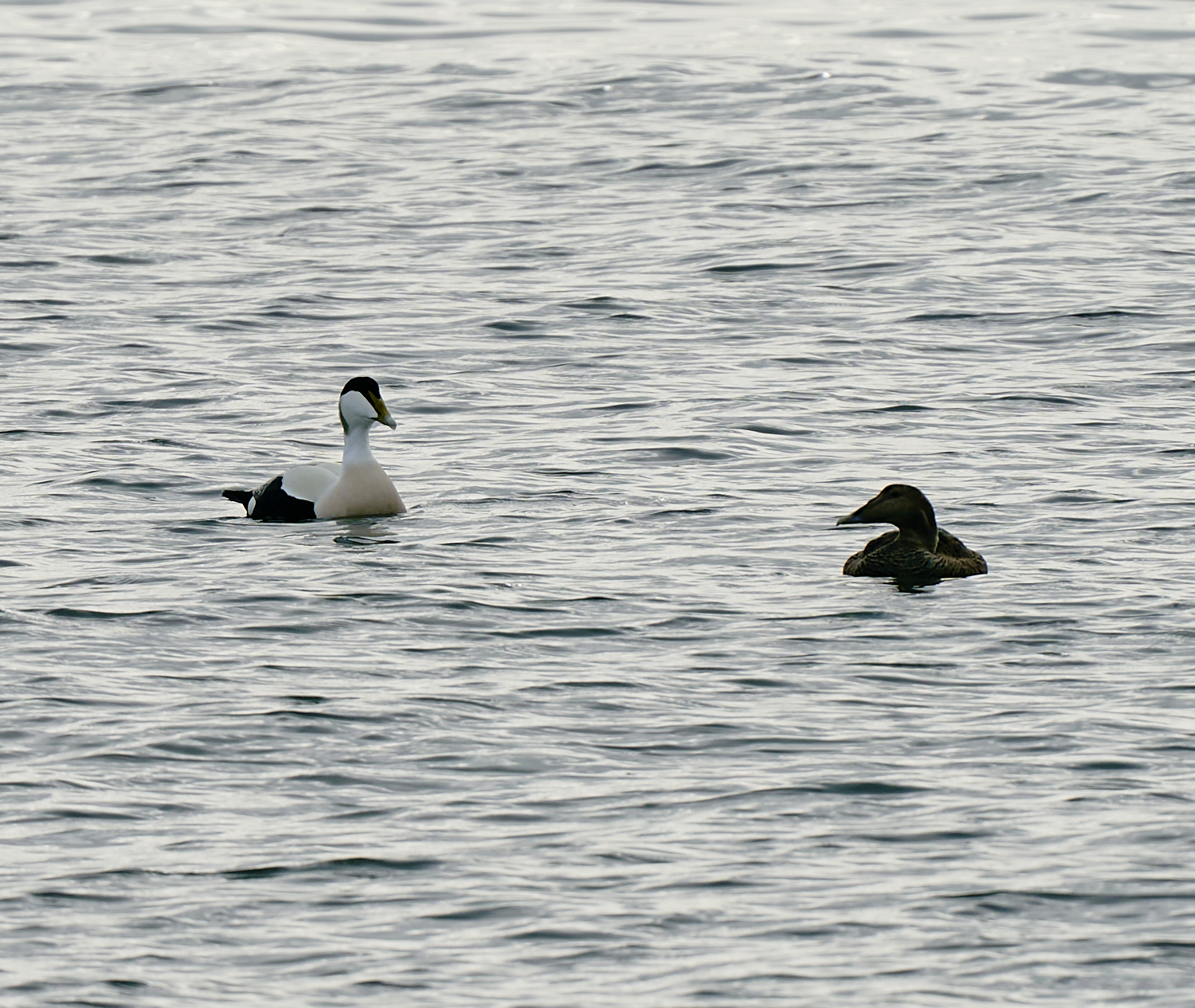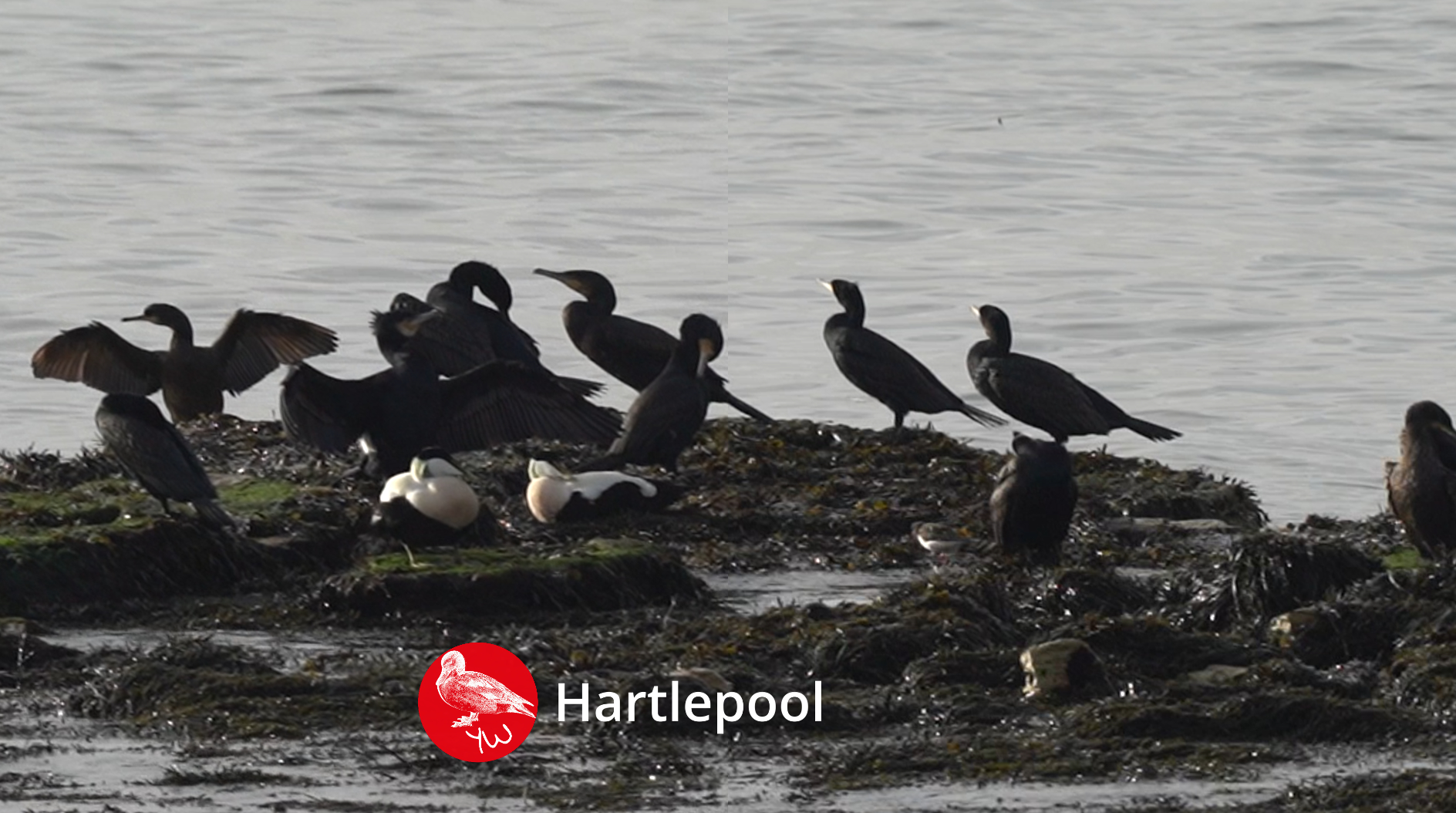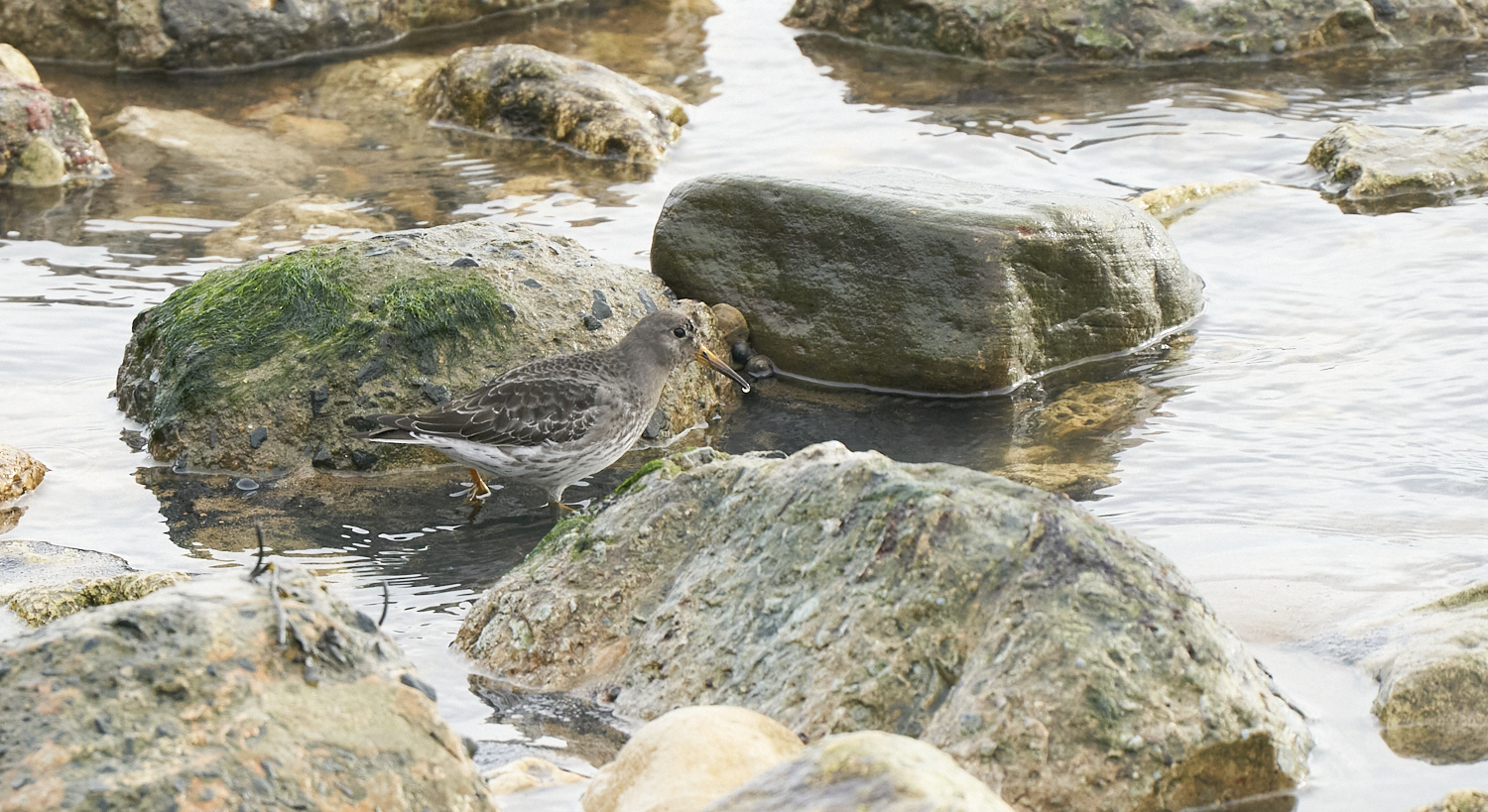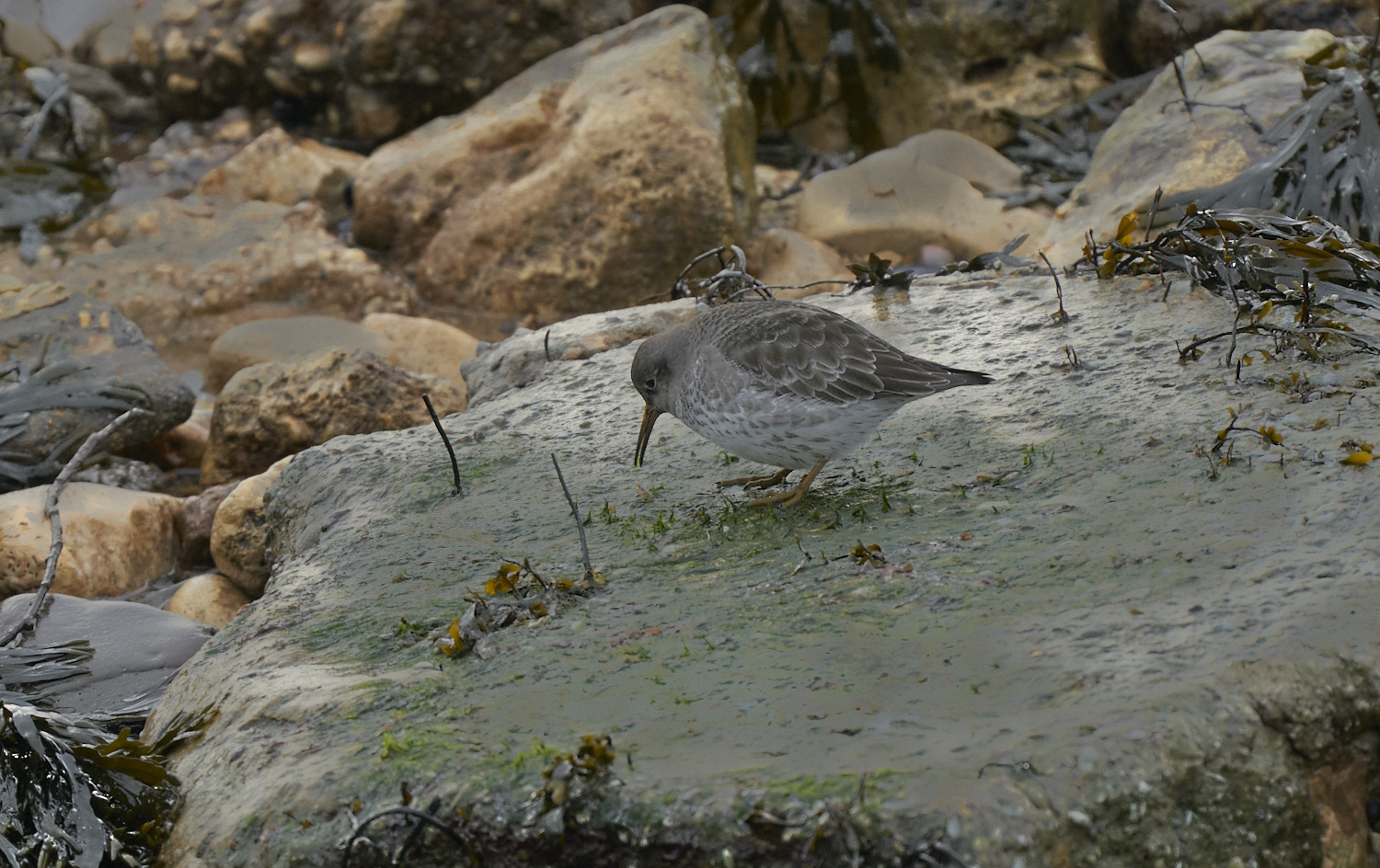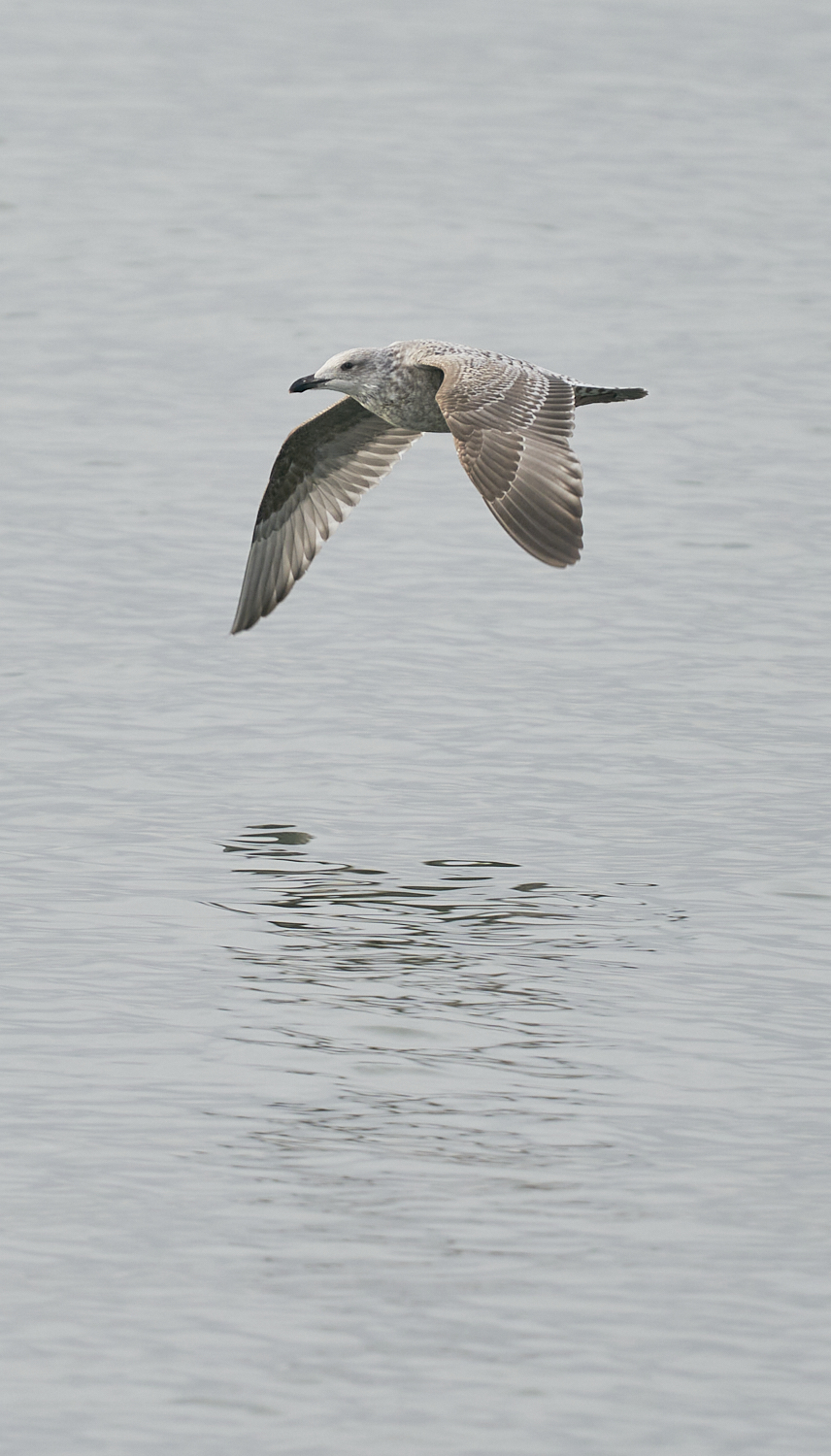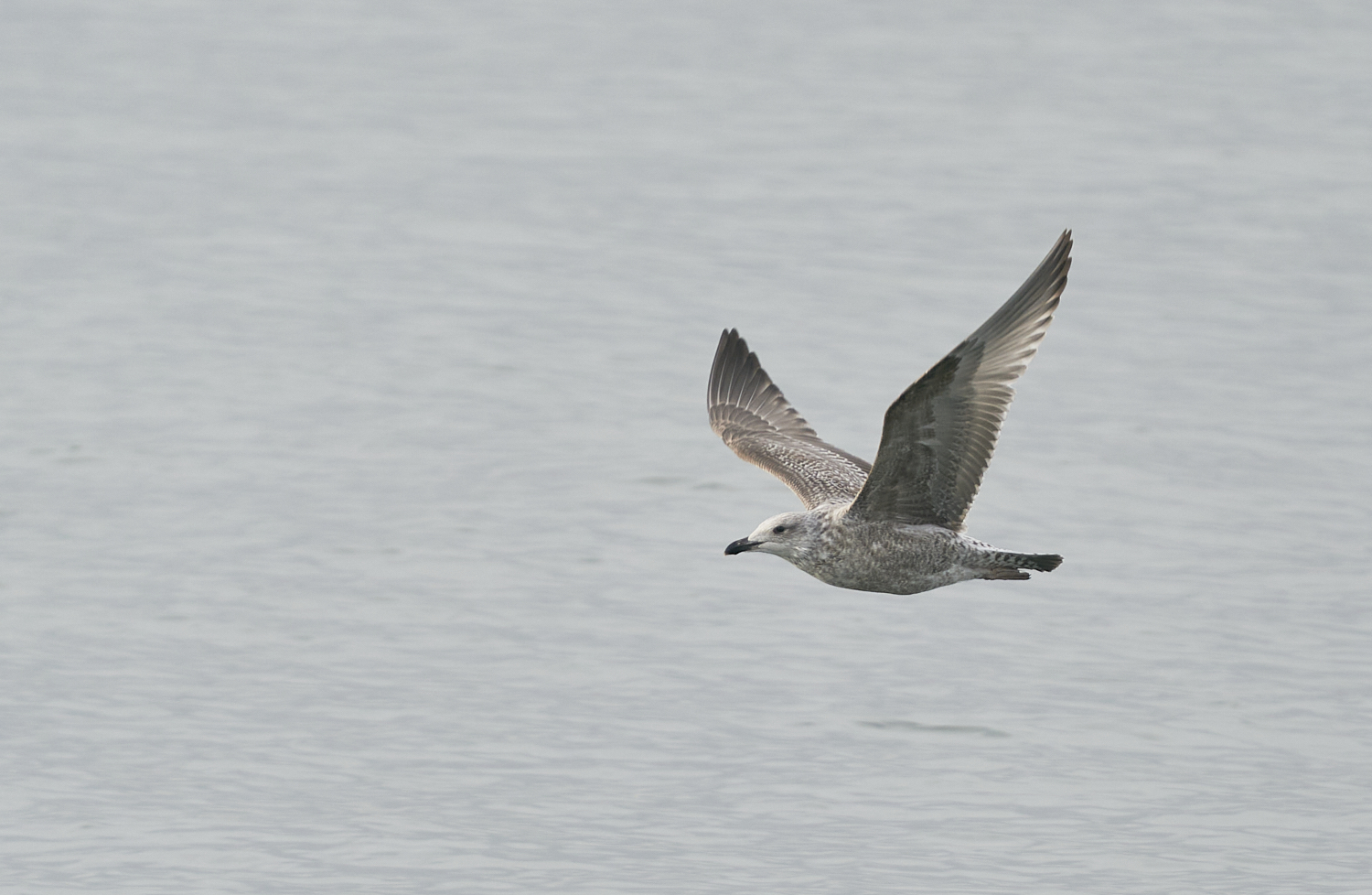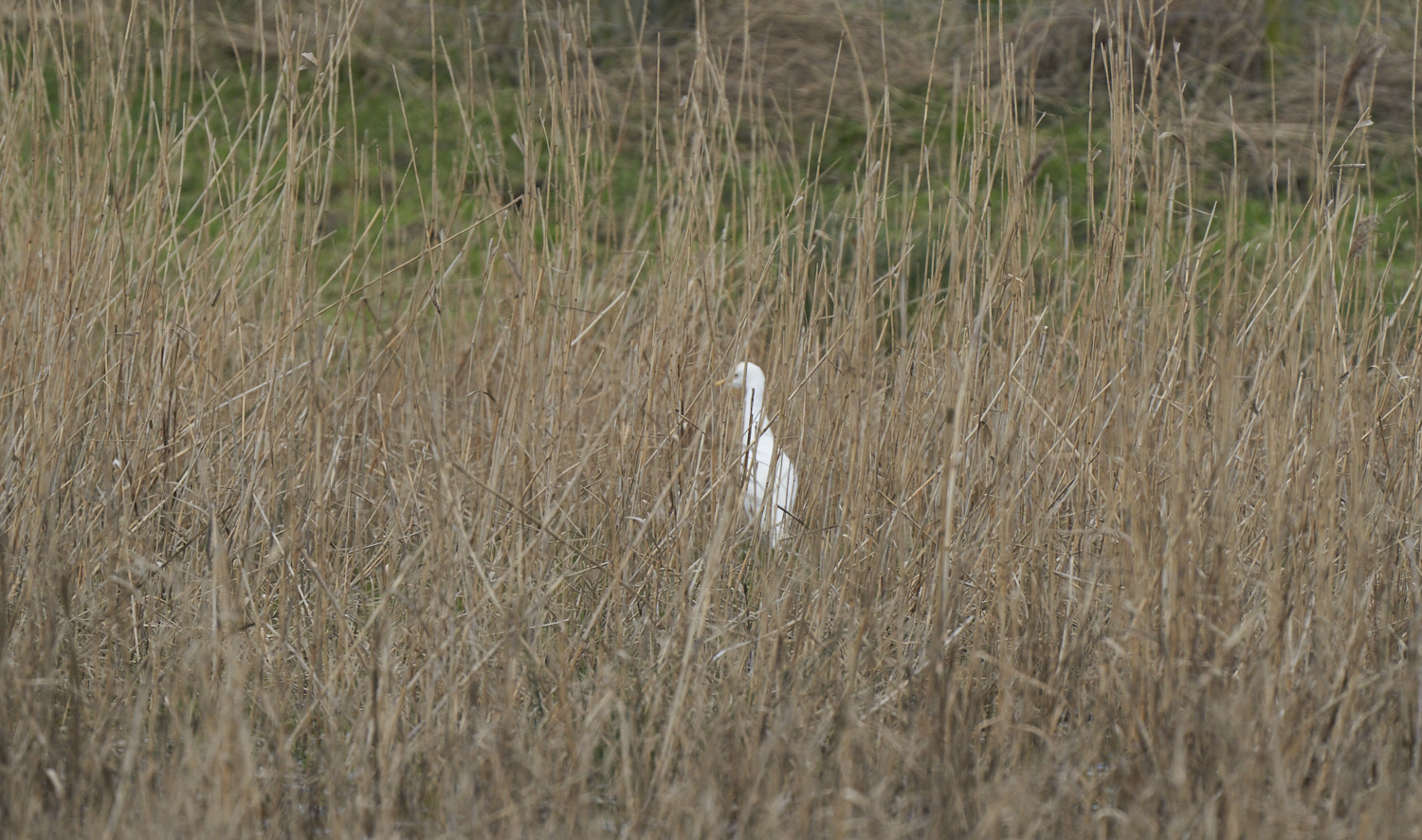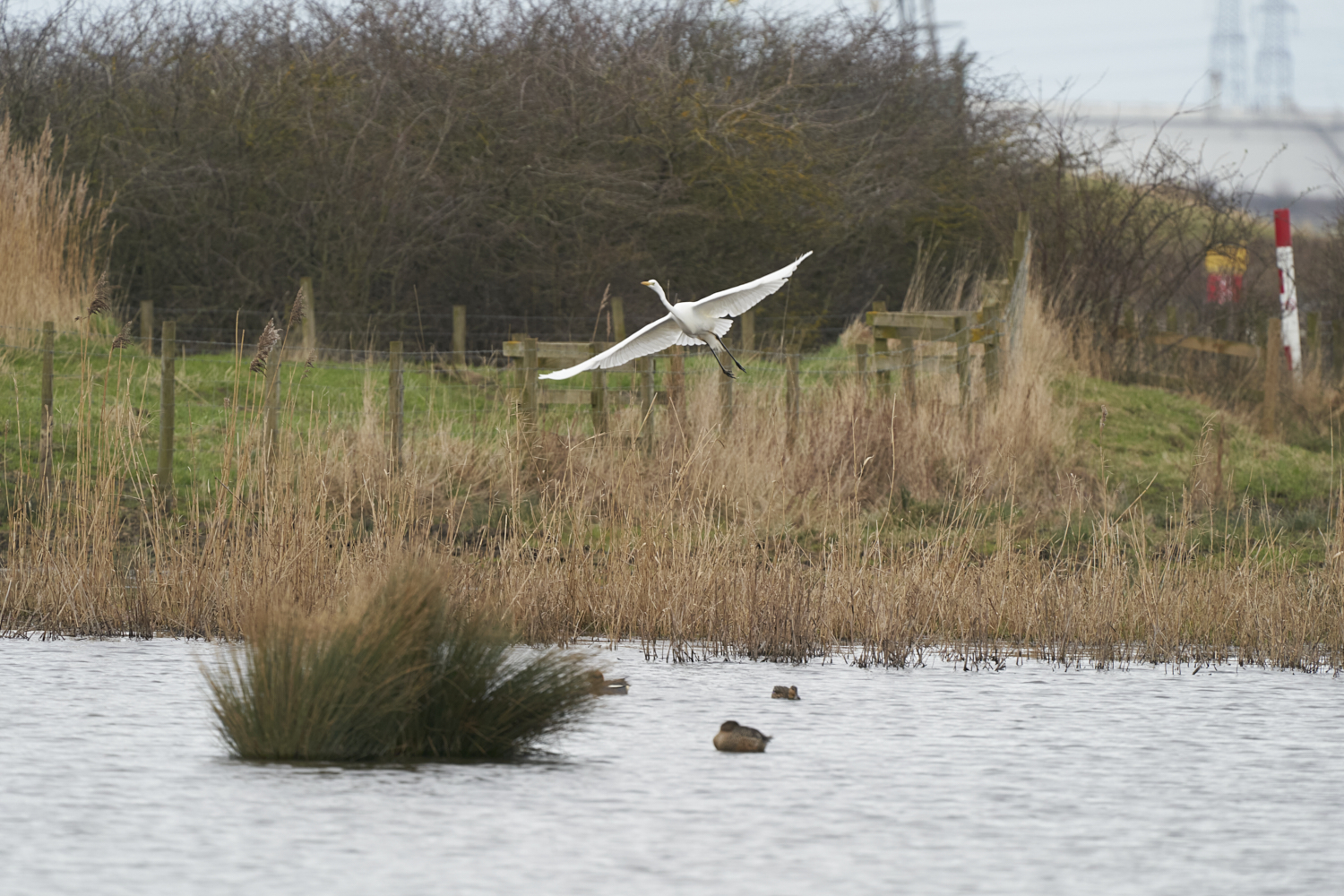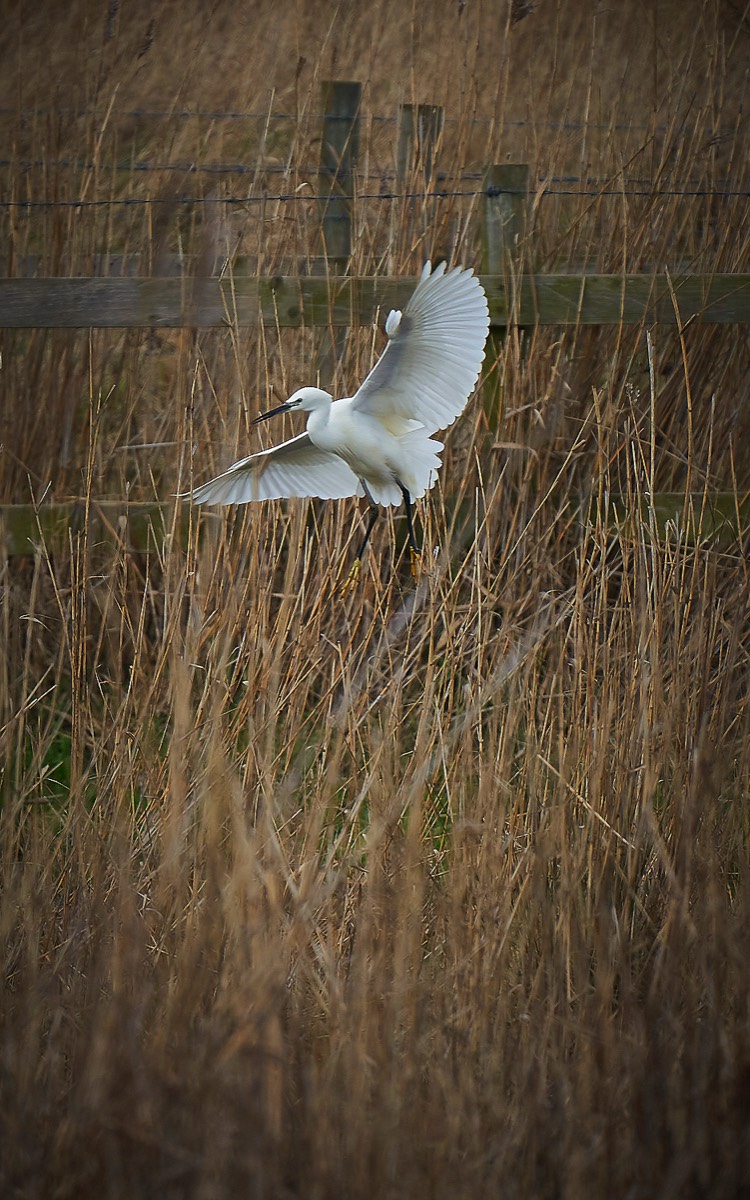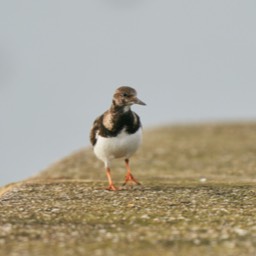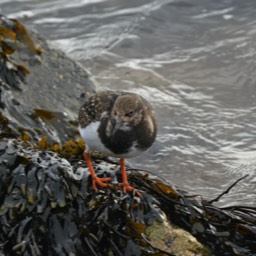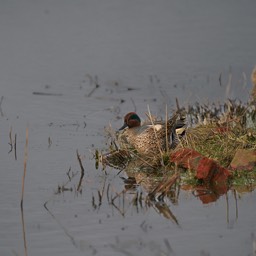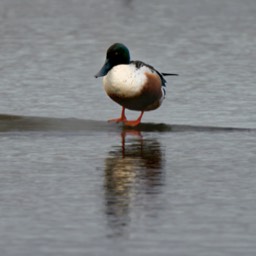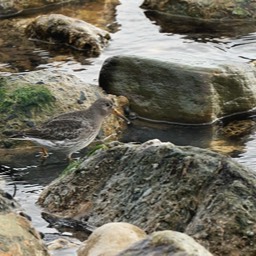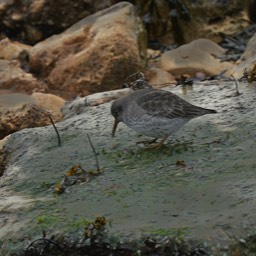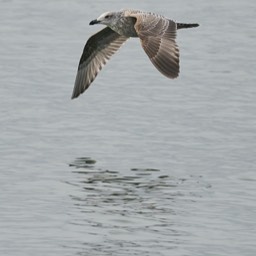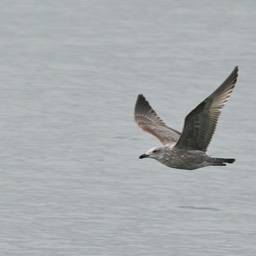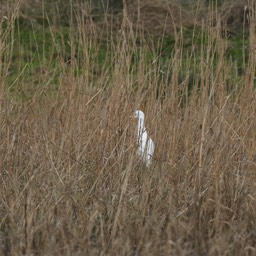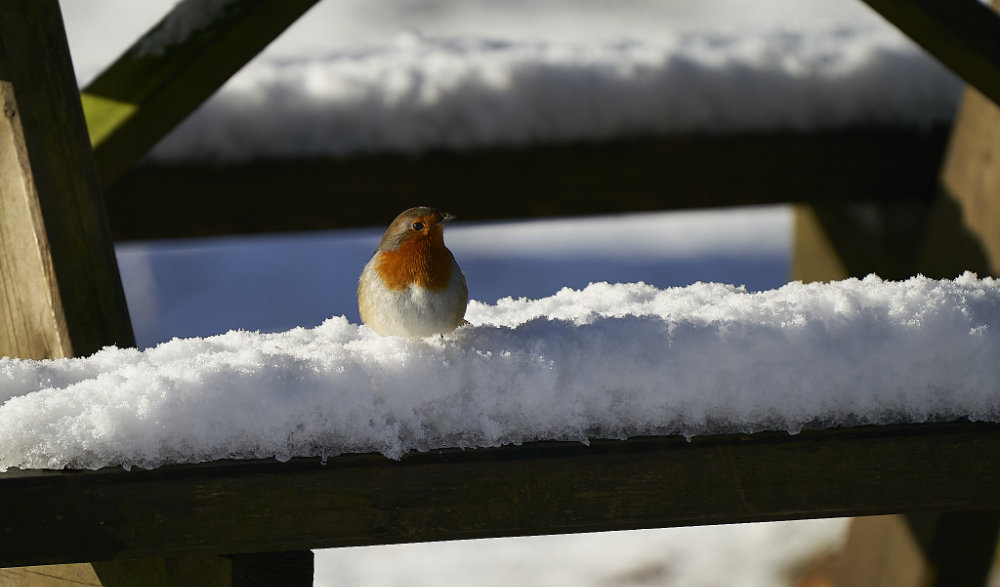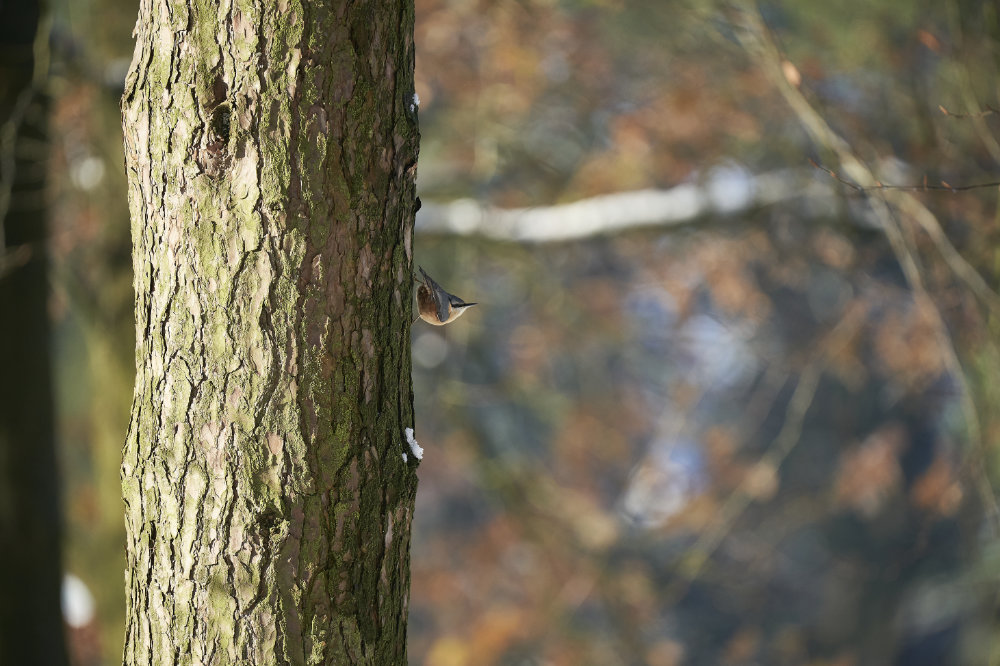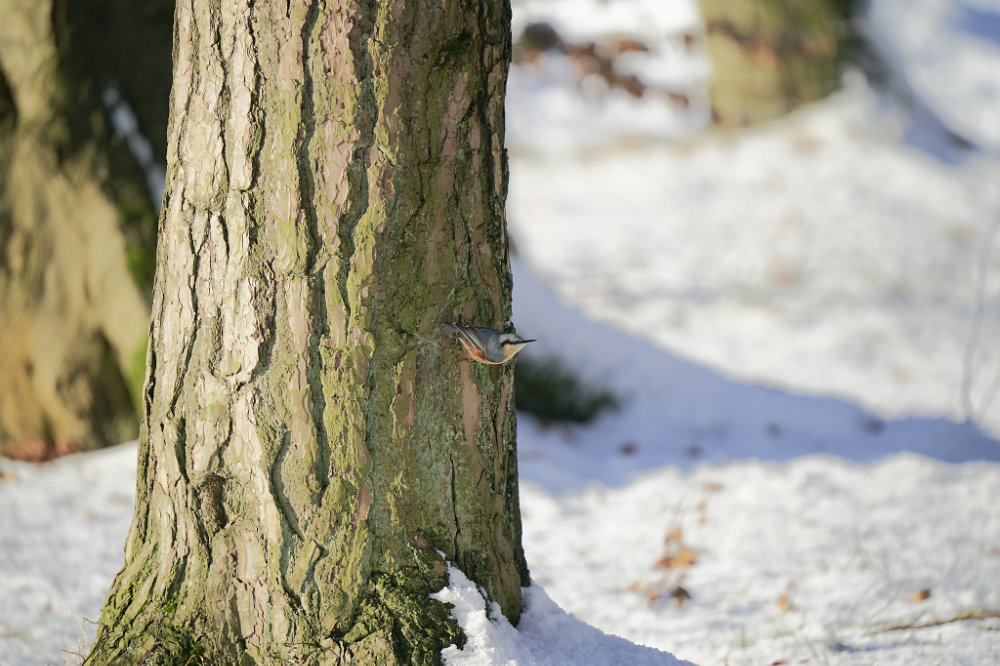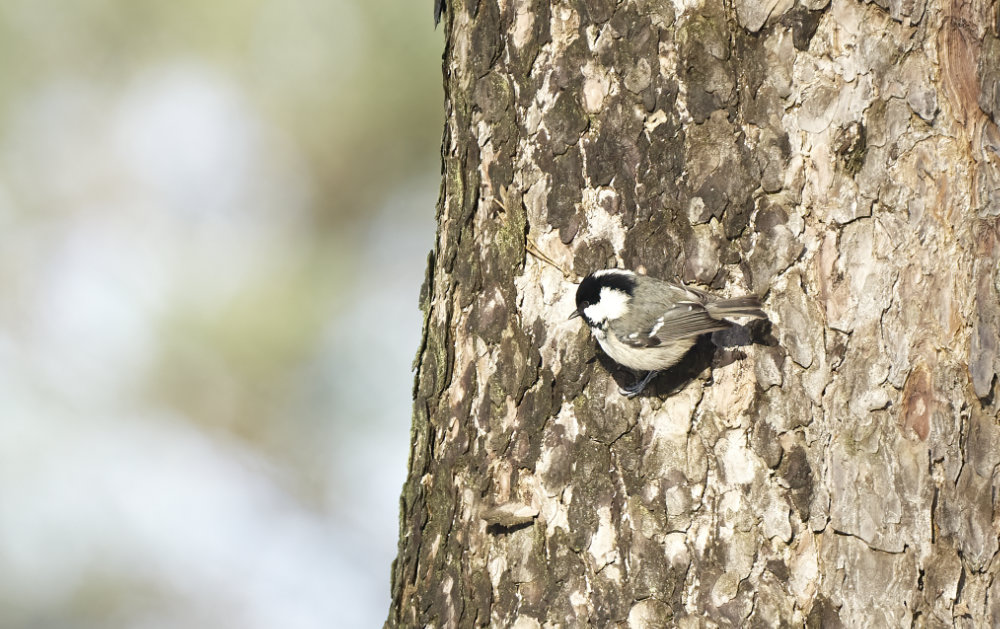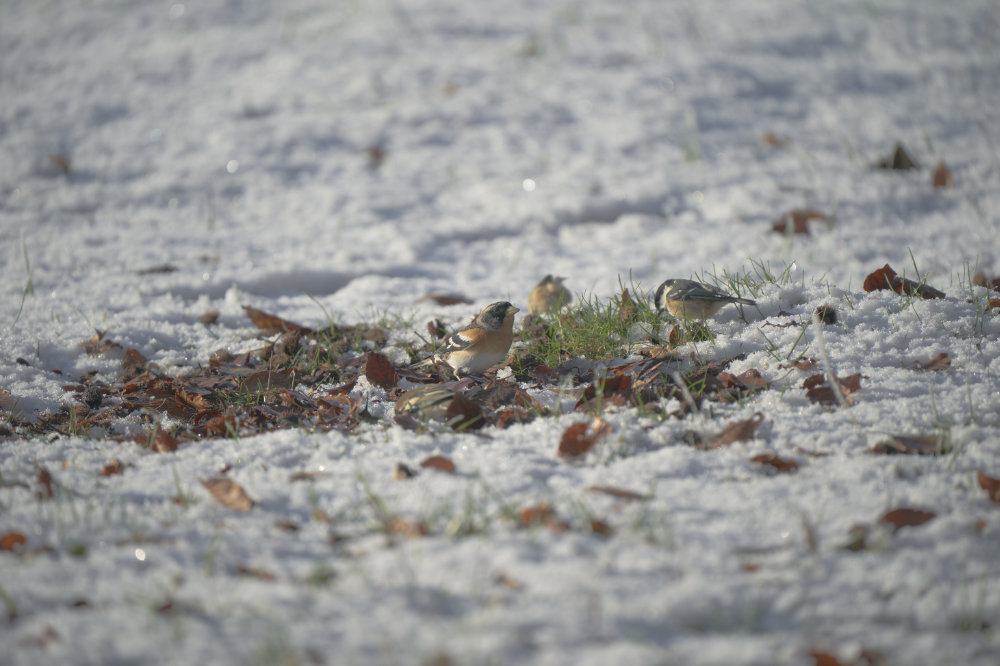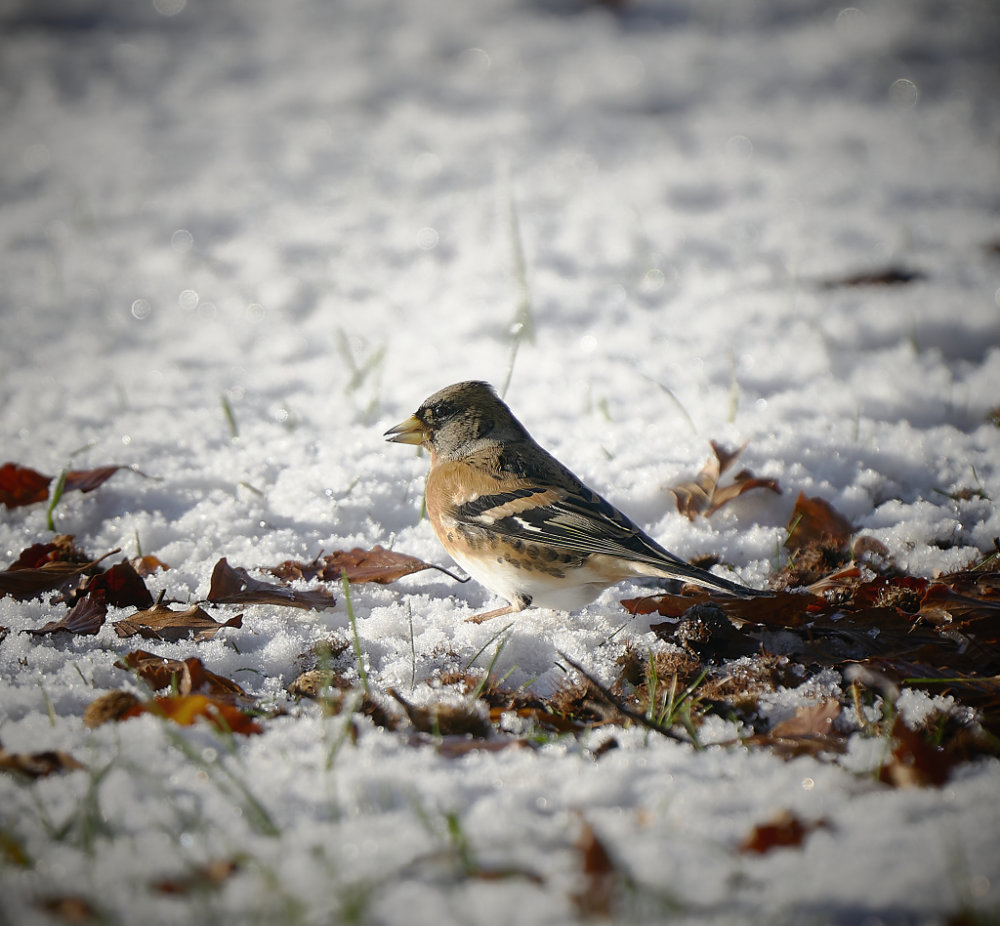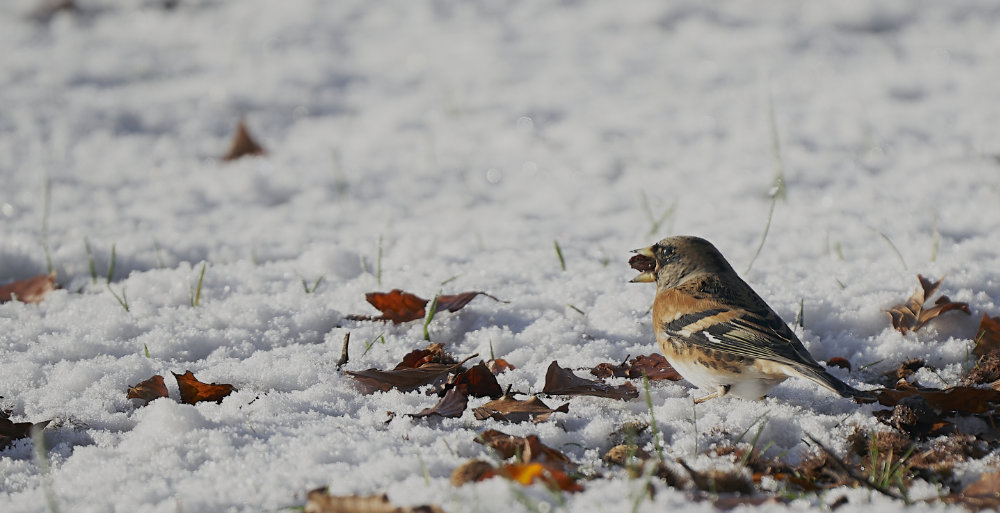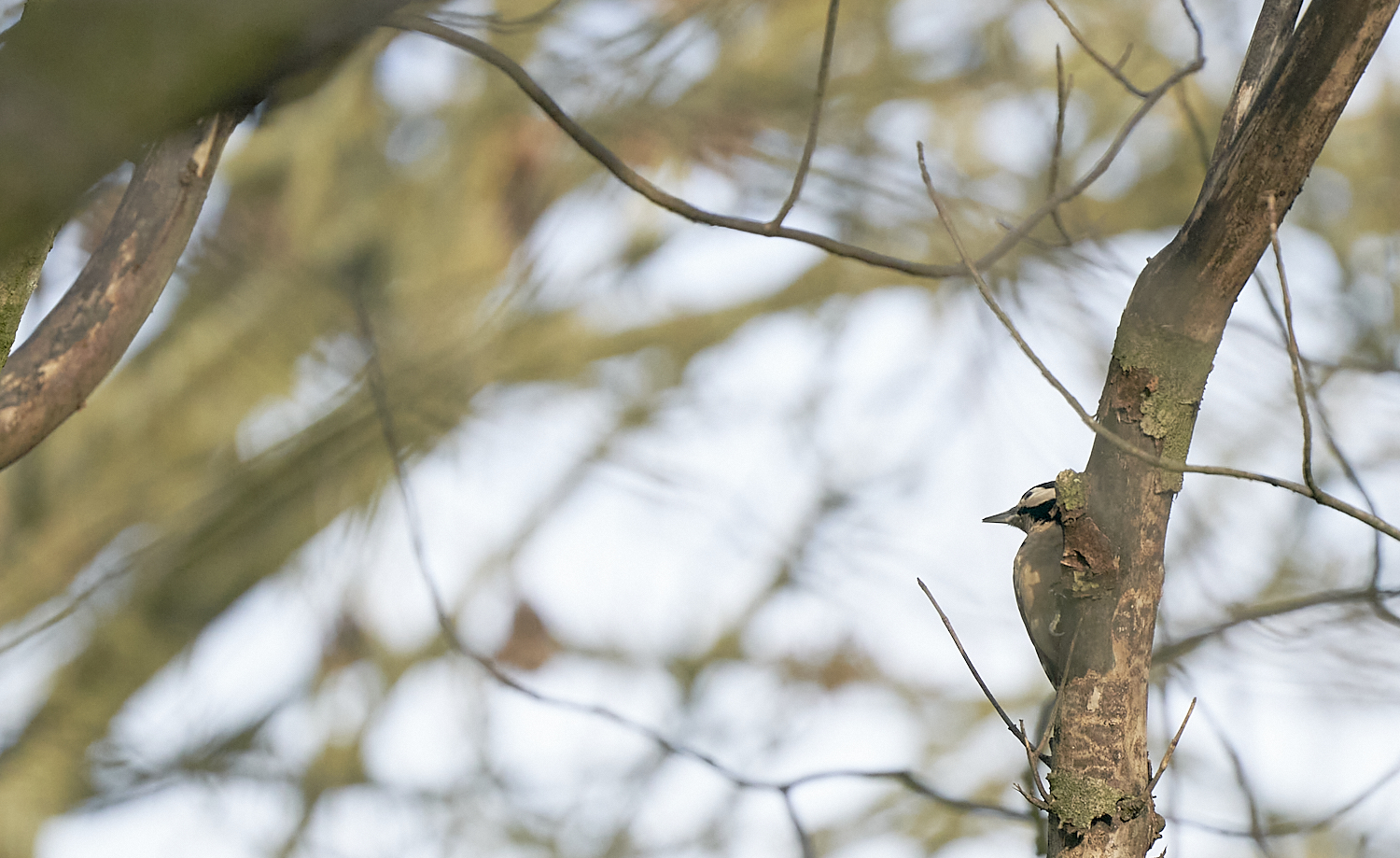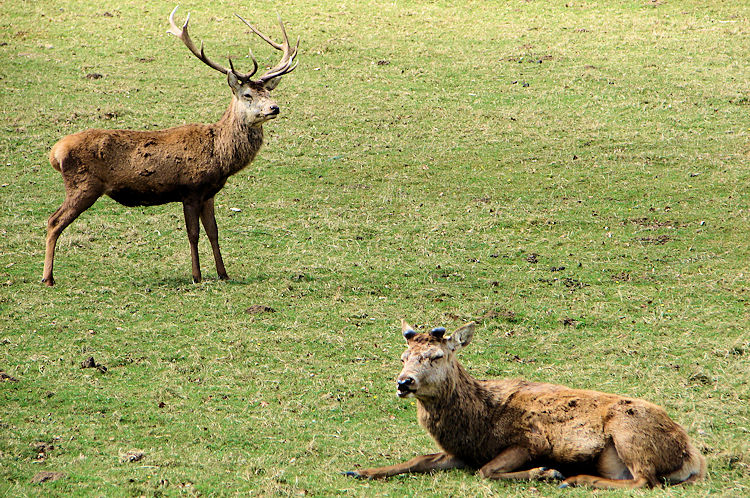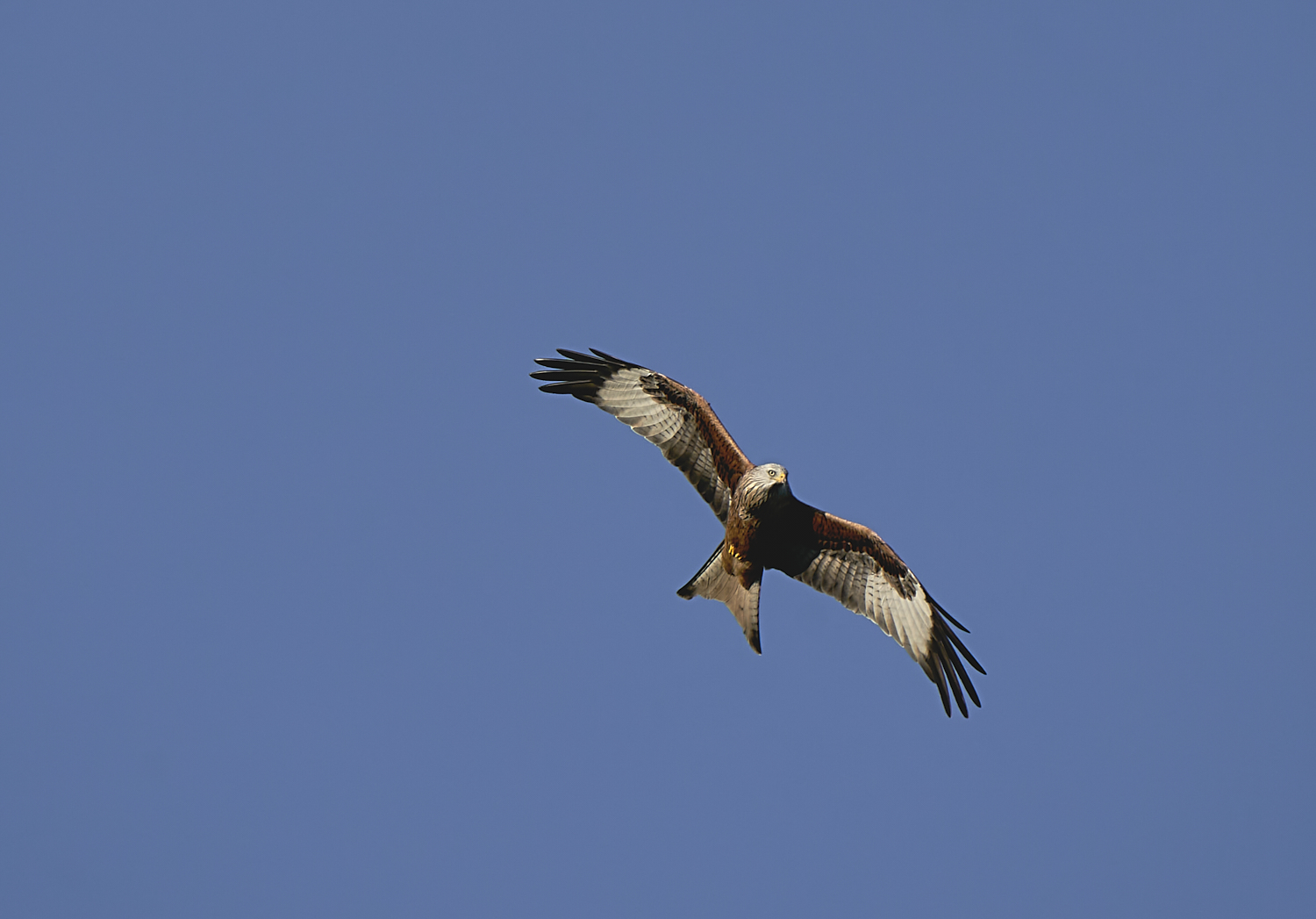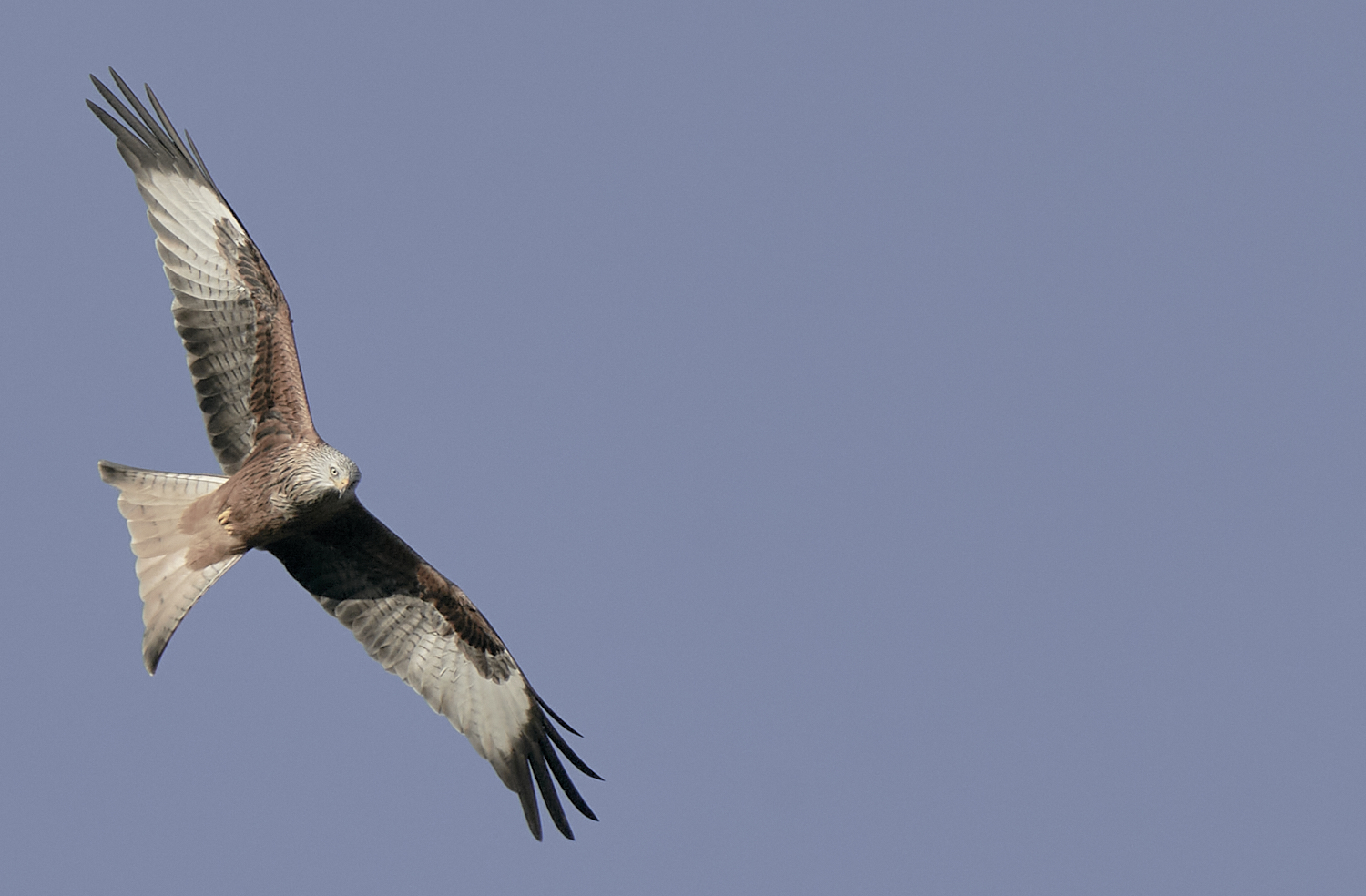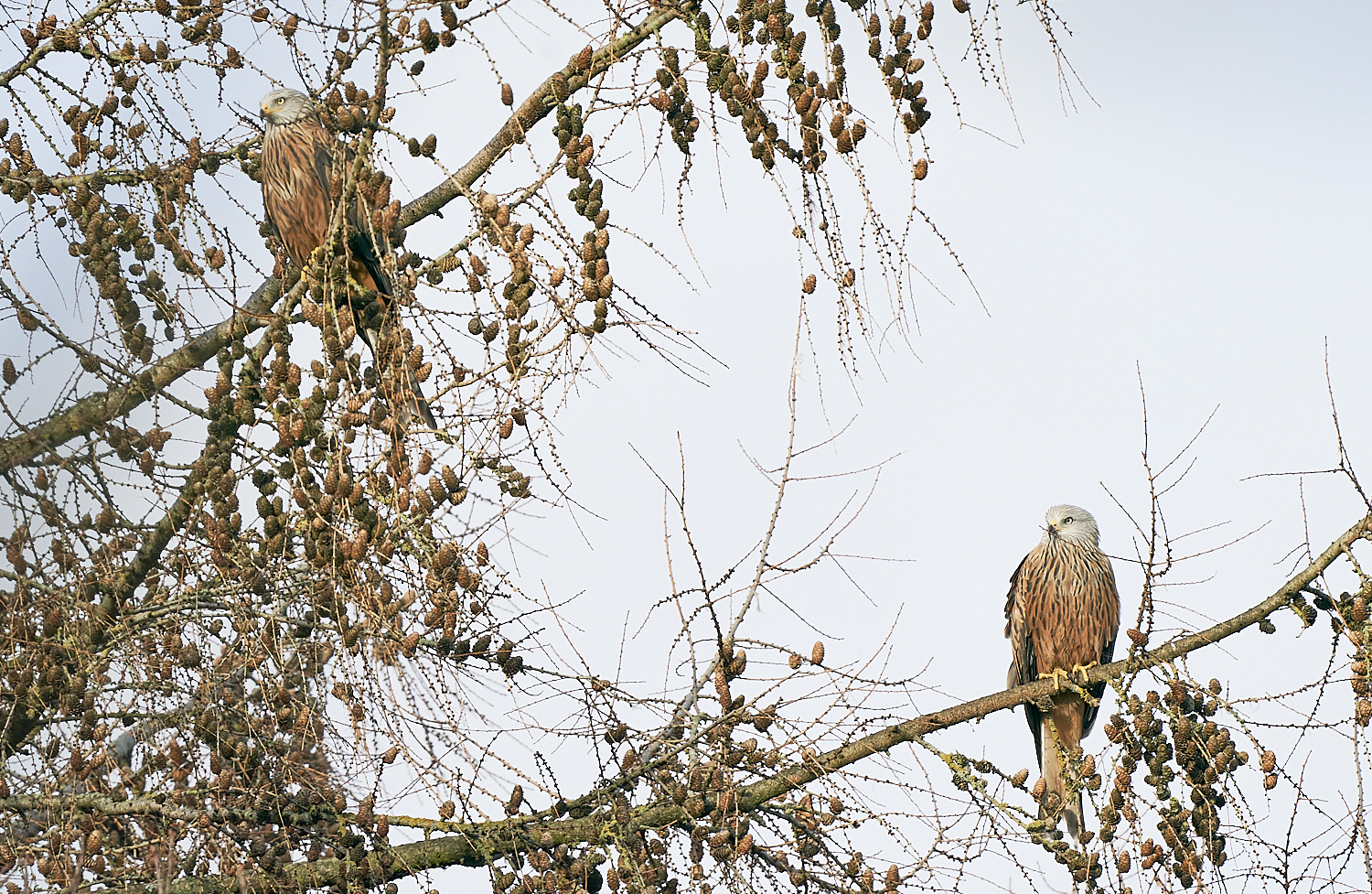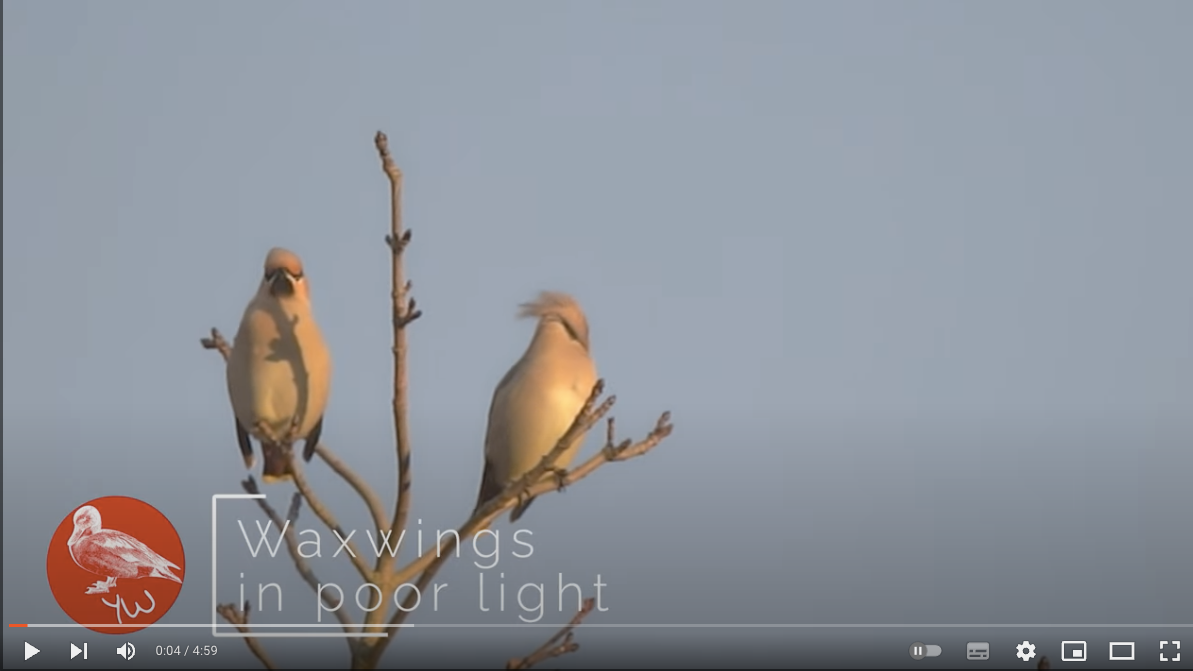It’s a very cold Saturday morning and I’m having my first coffee of the day. I’m waiting for my birding partner Phil to make his way over from Ossett. We have been hearing of large numbers of birds in Dalby Forest, North Yorkshire, including yellowhammers, and Siskin.
I really like Dalby Forest and it is part of the National forests run by Forestry England and paid for by our ultra high taxation system. However when you arrive, having paid once you get to pay nine pounds all over again for the privilege of using what you own and have already paid for. These large forests are also a business, selling and franchising the sale of wood, not bad, three bites of the cherry, not to mention all the cafés and other sales.
It had been snowing for a couple of days in the North of England but all the roads were perfectly passable. Just through the automated money taking machine lovingly called cherry one, there is a car park called Haygate and a really nice view over the valley. Through a large gate is a beautiful walk that goes all the way back to cherry one. We could hear and eventually see Nuthatch and many other common woodland birds. I set up the camera but within minutes I was in a wave of the now ubiquitous dog screamers. One dog screamers dog must have been in Norway he was screaming so loudly at his well behaved dog that pretended to just ignore him.
This large flock was mainly Coal Tit with some other mixed tits and a pair of bramblings. We could hear Nuthatch and Goldcrest above our heads and eventually the Nuthatch came down from the trees and showed well. We never really got a good view of the Goldcrest even though we could hear it all the time.
One of the highlights for me was hearing a Marsh Tit and we could see it traveling from a distant snow covered tree to the rear of another tree near to our position. Eventually our patience paid off and it came withing filming distance, a real treat.
And upon leaving the forest we found to our utter devastation that the pay barrier was not working and so the barrier was up to allow the tax burdened public to leave.
And on to Scarborough…
We had seen reports of great Northern Diver in the marina so we thought we would try. We parked the car and looked over the railings down into the marina and there it was, we had actually parked next to the bird. There was a very nice photographer who had been there for a couple of hours who explained that it keeps coming and going taking the underwater route they normally take. I’m really sorry if you are that photographer as I did not get your name or your Instagram name, please contact me if you read this, you did say you would!
As we were all photographing and filming a small group of inconsequential, misguided, delinquent, ugly, stupid and otherwise brainless youths came into the area for fishermen and let of some fireworks then ran away across the road giggling, Oh how we all laughed, I was beside myself.
None of this bothered the now “two Great Northern Divers” though and we got really great views of the birds for a good hour or so.
Tags: Brambling ,Great Northern Diver
